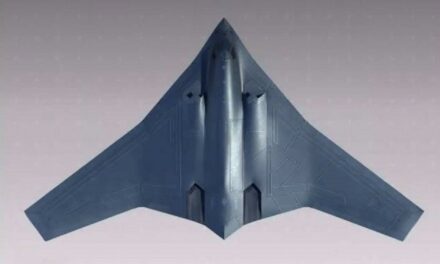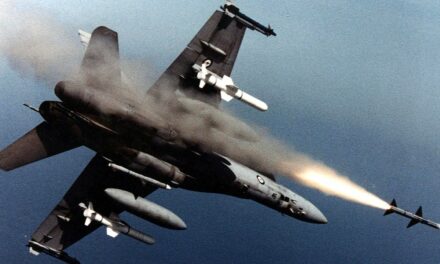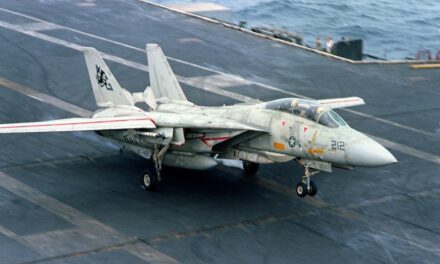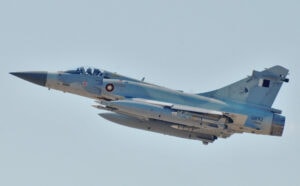We support our Publishers and Content Creators. You can view this story on their website by CLICKING HERE.
Key Points: The B-2 Spirit bomber, despite its high unit cost of $2.1 billion, remains a significant asset in the U.S. Air Force due to its ability to carry 40,000 pounds of munitions, including nuclear weapons.
-Originally planned for 75 to 139 units, only 21 were produced due to post-Cold War budget cuts and shifting priorities, leaving 19 operational today.
-While highly effective, its aging stealth technology makes it vulnerable to advanced air defenses like the Russian S-400.
-The B-2 will be phased out for the modern B-21 Raider but remains a symbol of strategic airpower and innovation in military aviation.
B-2 Spirit: Why the U.S. Only Built 19 of These Stealth Bombers
The B-2 Spirit bomber has an excellent combat record and is one of the best bombers in the world. Civilians rarely see the stealthy war bird in the skies over the United States, but it is a big hit when it does appear at air shows. The airplane has a menacing, unique flying-wing shape that makes it stand out from the crowd. The U.S. Air Force could have used many more of the bombers during the Global War on Terror. Now, the fight is likely to be against great powers such as China, Russia, Iran, or North Korea, and more stealth bombers are needed.
Let’s examine why there are only 19 B-2s in service.
Eye Watering Cost for B-2
The first reason is the unit cost of the airplane. Each bomber set the Air Force back $2.1 billion. The B-2 is the most expensive aircraft in Air Force history.
But This Bomber Can Bring the Ordinance
While the cost is high, the B-2 has huge advantages in warfare. It can carry 40,000 pounds of munitions from two separate internal weapons bays. Up to 16 satellite-guided JDAM (Joint Direct Attack Munition) precision-guided air-to-surface devices can be launched. The B-2 also has re-configured the rack assemblies on the bomb bays to carry up to 80 JDAMs. The B-2 can deploy nuclear weapons, so it is a strategic platform and key portion of the American nuclear triad.
George H.W. Bush Administration Took Out the Long Budget Cutting Knives
The Air Force first projected it would acquire at least 75 Spirt bombers. There were even plans to build as many at 139. Research and development costs were high, especially for creating and maintaining the stealth attributes. So, the George H.W. Bush administration led by Secretary of Defense Dick Cheney, due to budget cuts, drastically reduced that number down to 21. That decision caused the unit cost to balloon. One crashed in 2008, and another was damaged in a mishap in 2022. The Air Force decided to take that bird out of action because the damages were too extensive to fix. This decision brought the number down to 19 B-2s.
B-2 Bomber. Image Credit: Artist Rendition.
Peace Dividend After the Cold War
Another reason the B-2 dwindled in numbers was the geopolitical climate changing in the early 1990s. The Soviet Union disintegrated, and the number of targets in Russia and Eastern Europe for the B-2 was reduced. This peace dividend necessitated changes to the Air Force’s overall bombing mission. While the B-2 had answered the call during Operation Desert Storm, the U.S. military faced a situation in which the Cold War was over, and no bombing runs were needed to destroy the Soviet Union’s military and nuclear sites.
Some Voice Called for More B-2s
However, during the mid-1990s, friends of the B-2 bomber, those serving in Congress and outside the Department of Defense, believed that high numbers of stealth airplanes were still needed. Former U.S. National Security Advisor Brent Scowcroft, considered one of the best foreign policy hands in history, called for more B-2s. The Air Force listened to these voices but ended up passing due to budget constraints and a change in overall mission parameters.
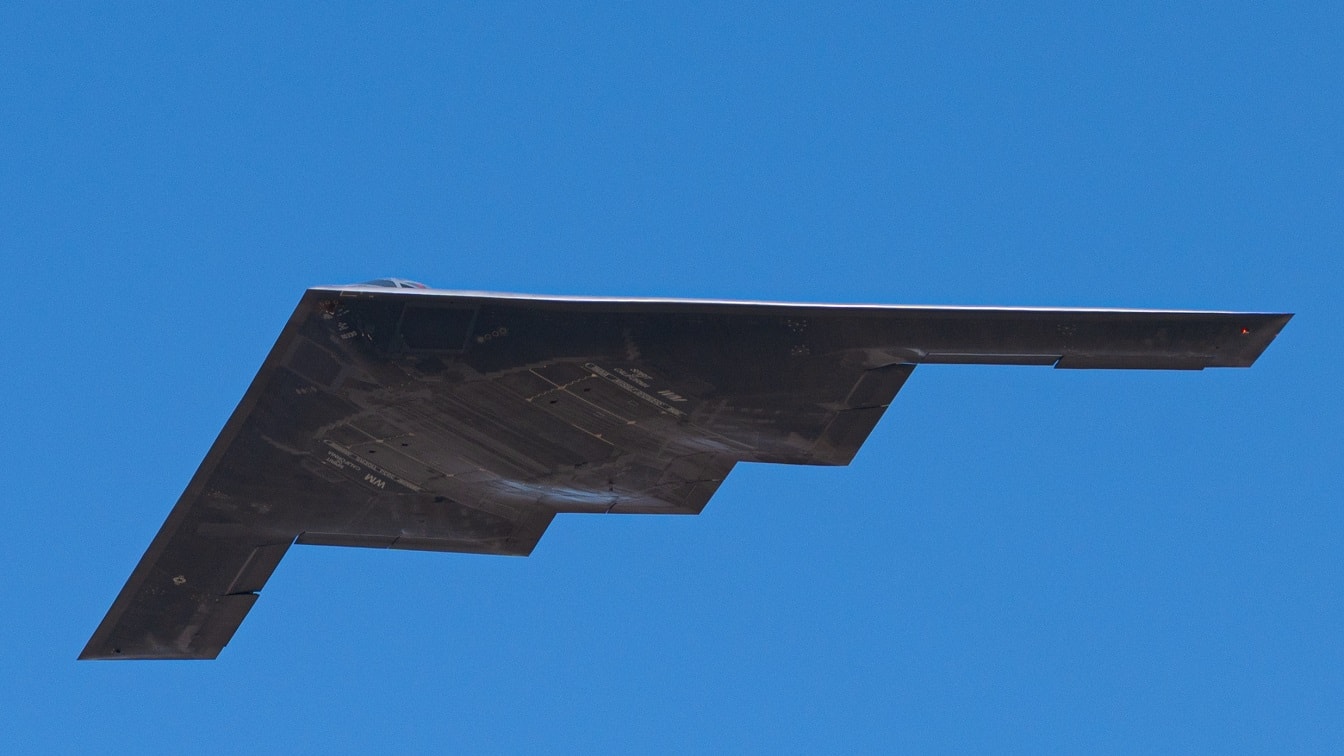
A B-2 Spirit stealth bomber from Whiteman Air Force Base completes a fly-over during the Sound of Speed Airshow at Rosecrans Air National Guard Base, in St. Joseph, Missouri, May 1, 2021. The air show was hosted by the city of St. Joseph and 139th Airlift Wing, Missouri Air National Guard to thank the community for their support. (U.S. Air National Guard photo by Airman Janae Masoner)
Also, some defense analysts believe the B-2 is becoming obsolete. It is decades old, and it does not have the stealth attributes that make it entirely blind on enemy radar scopes. Newer surface-to-air missile systems, such as the Russian S-400, could likely spot it and shoot it out of the sky.
The B-21 Will Replace the B-2
So, the Air Force will replace the B-2 with the B-21 Raider, itself an expensive bomber that does boast the modern stealth characteristics that can avoid defense systems into the 2030s and beyond.
The B-2 should not be completely retired. Nineteen airplanes are not many, and the bomber is expensive to maintain, but it is still a strategic asset that can serve the Air Force well into the next decade. The B-2 should be seen as an airplane that did its job adroitly through decades of service.

B-2 Spirit. Image Credit: Northrop Grumman.
Few were produced, but the airplane will leave a lasting legacy and an airframe that designers and engineers improved on over the decades. Hail to the B-2, let it go down as one of the best (but most expensive) bombers in history.
About the Author: Dr. Brent M. Eastwood
Brent M. Eastwood, PhD, is the author of Don’t Turn Your Back On the World: a Conservative Foreign Policy and Humans, Machines, and Data: Future Trends in Warfare, plus two other books. Brent was the founder and CEO of a tech firm that predicted world events using artificial intelligence. He served as a legislative fellow for U.S. Senator Tim Scott and advised the senator on defense and foreign policy issues. He has taught at American University, George Washington University, and George Mason University. Brent is a former U.S. Army Infantry officer. He can be followed on X @BMEastwood.

 Conservative
Conservative  Search
Search Trending
Trending Current News
Current News 